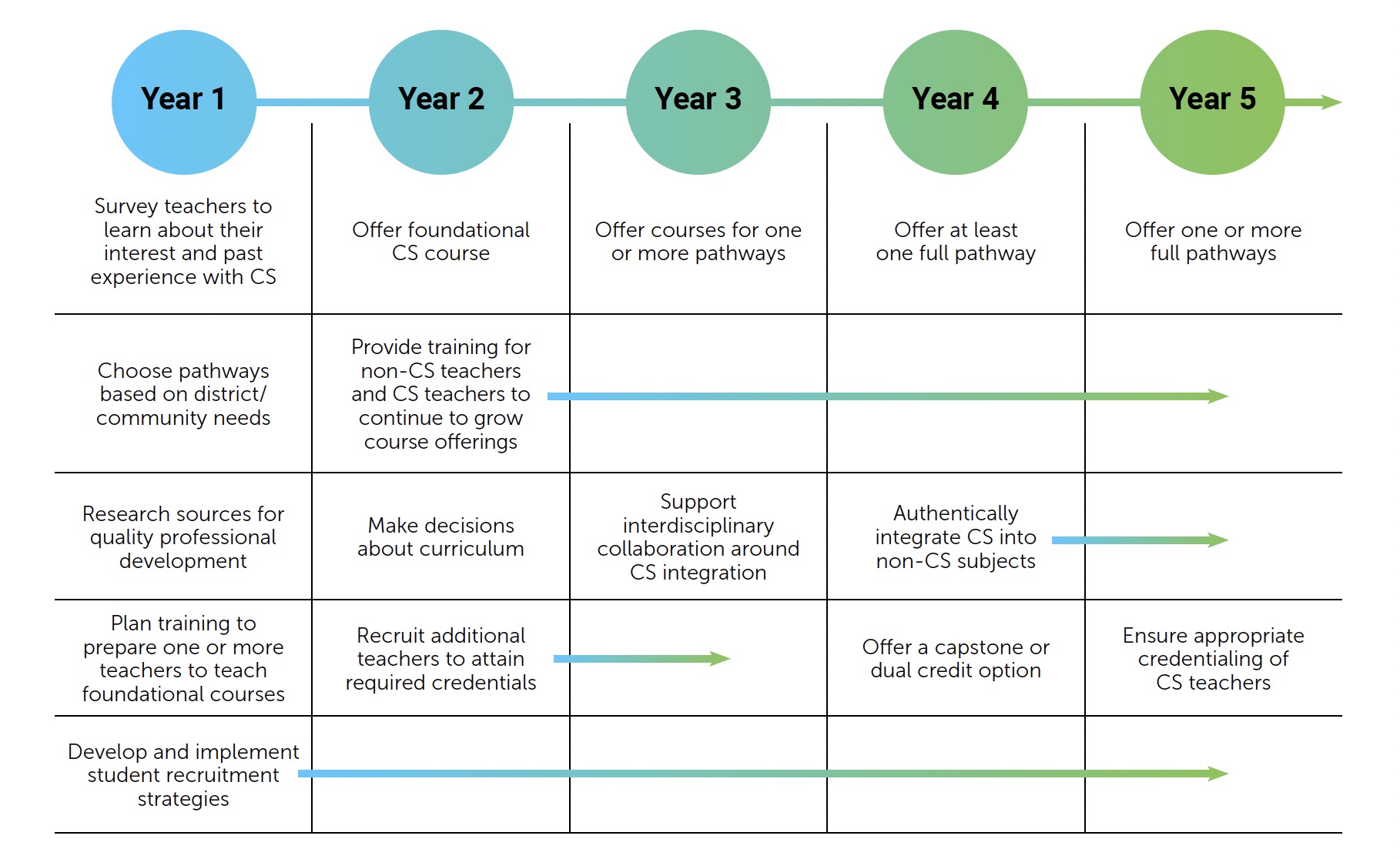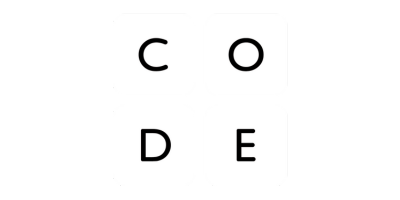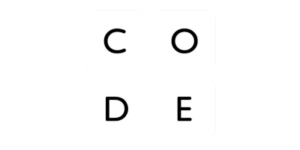Beyond determining what knowledge, skills, and dispositions will be taught and supported in CS education, there are many complexities to consider when bringing educational opportunities to fruition. School size, available resources, and potential community partnerships are a few examples of factors that necessarily inform implementation strategies. This section offers a starting point for considerations related to structure, organization, and equitable implementation of foundational CS content, as well as opportunities for continued learning. See additional equity-related considerations.

Many schools may opt to offer a discrete course for students to access foundational CS content as well as opportunities for continued learning beyond the foundation. Common and traditional infrastructure exists for this strategy, and as such, this may be viewed as the most straightforward means for making CS content accessible to students.

Integration of CS content into other disciplines can be an authentic and engaging approach to the provision of CS learning experiences. This approach may also require the most planning and coordination across educators sharing the responsibility of integration.

It may be advantageous for schools to build on existing infrastructure in support of CS programs. This can reduce barriers to entry and infuse some level of familiarity into CS implementation.

Where possible, accommodating the various needs and scheduling constraints of students, teachers, and schools will maximize access and likely increase the number of students participating in CS.


High school pathways may lead to postsecondary studies and eventual careers related to the concentration area. However, there are many potential endpoints for a pathway, including:
Given these varied endpoints, CS pathways need to support career exploration and industry awareness. This highlights the importance of the Preparation for the Future Topic Area in the foundation, as well as the intentional inclusion and support of Pillars and Dispositions in CS instruction.

The graphic shows a table with five columns. The headings for the columns are Year 1, Year 2, Year 3, Year 4, and Year 5.
Year 1 has the following items: Survey teachers to learn about their interest and past experience with CS, Choose pathways based on district/community needs, Research sources for quality professional development, Plan training to prepare one or more teachers to teach foundational courses, and develop and implement student recruitment strategies. The final item, develop and implement student recruitment strategies, has an arrow so that it extends across years 2 through 5.
Year 2 has the following items: offer foundational CS courses, provide training for non-CS teachers and CS teachers to continue to grow course offerings (note that this item has an arrow extending across years 3 through 5), make decisions about curriculum, and recruit additional teachers to attain required credentials (note that this item extends through year 3).
Year 3 has the following items: offer courses for one or more pathways and support interdisciplinary collaboration around CS integration.
Year 4 has the following items: offer at least one full pathway, authentically integrate CS into non-CS subjects (with an error extending through year 5), and offer a capstone or dual credit option.
Year 5 has the following items: offer one or more full pathways and ensure appropriate credentialing of CS teachers.
This project is supported by the National Science Foundation (NSF) under Grant No. 2311746. Any opinions, findings, and conclusions or recommendations expressed in this material are those of the author(s) and do not necessarily reflect the views of the NSF.













